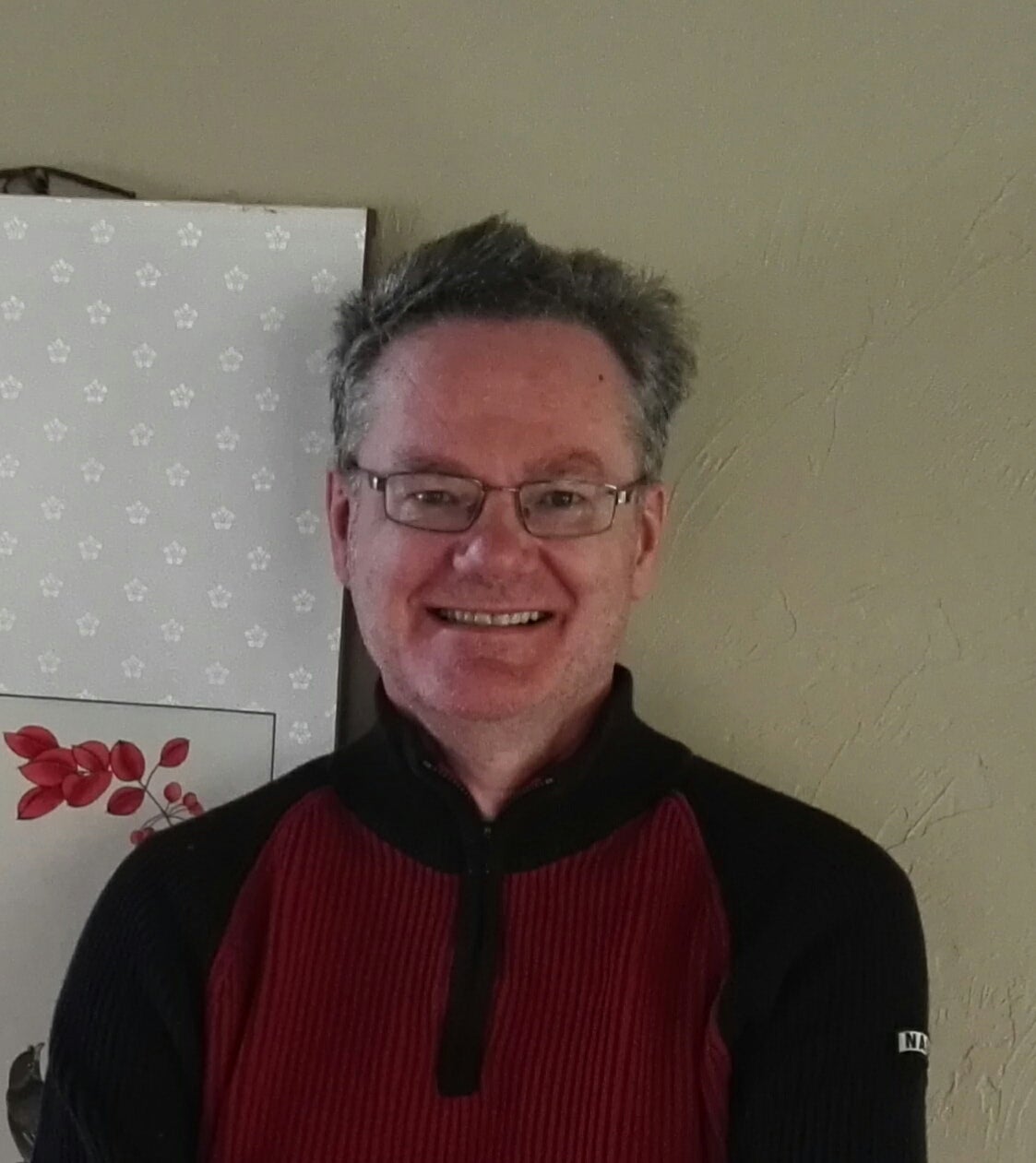Steven van Enk’s research focuses on the theoretical study of quantum-optical implementations of quantum-information-processing (QIP) protocols. He is mainly interested in quantum communication protocols such as teleportation and quantum cryptography. These protocols can all be implemented using photons or, more generally, entangled states of light. Van Enk’s group studies the properties of various types of entangled states of light, how they can be used for QIP, how they decohere under typical experimental conditions, and how they should be described properly.
Other protocols, such as the quantum repeater, are implemented using atomic ensembles or cavity QED in addition to photons. Namely, for a quantum repeater one needs a quantum memory, but light, unfortunately, cannot be stored for any serious amount of time. Thus one needs an interface between light and matter to interconvert quantum information between photons and atoms. Here one can use either a single atom inside a cavity or a collective excitation of an atomic ensemble. Van Enk collaborates on that subject with two experimental groups, Professor Raymer’s group at the UO, and Professor Kimble’s group at Caltech.

